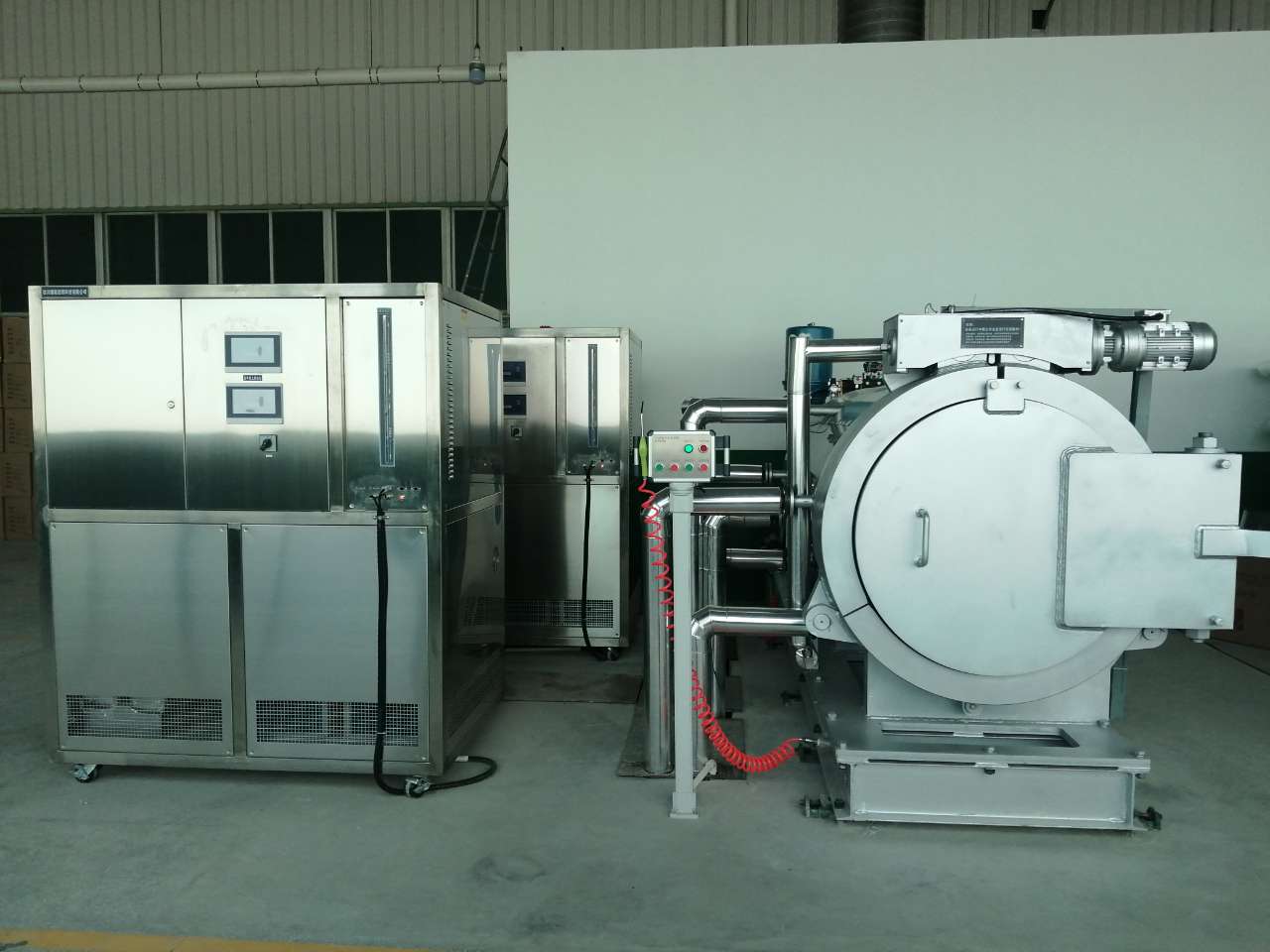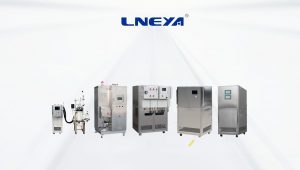Temperature control range and accuracy of high and low temperature tester
The temperature control accuracy of heat transfer oil medium of the high and low temperature tester used for component testing is plus or minus 0.5 ℃, which solves the problem of temperature control lag in electronic components.
Main advantages of temperature simulation system of high and low temperature tester:
1. Temperature control accuracy: ± 0.5 ℃
2. Real time monitoring of the real temperature of the components to be tested
3. For a single IC (module) among many components on PCB, high and low temperature impact can be carried out separately without affecting other surrounding components
4. Perform temperature cycling / impact on the IC on the tester platform
5. Provide accurate and fast ambient temperature for the whole integrated circuit board
Application scope of temperature simulation system of high and low temperature tester:
It is applied to the high and low temperature test of PCB board and electronic chip. The electronic chip shall be subject to environmental test before leaving the factory to simulate the adaptability of PCB board to operation and storage in climatic environment, so as to ensure that it can work normally in harsh environment. The temperature test range is: – 85 ℃ ~ 250 ℃
Characteristic:
1. The temperature control of semiconductor test device and the integrated cold and heat machine adopt Siemens PLC control system and touch-screen color LCD display, which can monitor the operation status of the system in real time, display the set value and real-time operation parameters. Simple operation and convenient use.
2. The cold and hot all-in-one machine can choose fixed temperature setting or variable temperature setting.
3. Built in trend curve display function, which can display preset temperature, flow, pressure parameter values and real-time parameters.
4. Cycle mode can be selected, including constant pressure cycle mode and constant flow cycle mode. In constant pressure circulation mode, the accuracy can reach 0.05bar; In the constant flow cycle mode, the flow accuracy is 0.2l/min.
5. Support multi control mode switching function. The circulation system can select pressure circulation mode and flow circulation mode. The temperature can be selected from the out temperature cycle mode or the back temperature cycle mode.
6. The built-in fault alarm function can help engineers query, get the fault information in time and maintain and deal with it in time.
7. The fault recording function is convenient for engineers to query historical faults and effectively deal with relevant problems.
Summary
LNEYA high and low temperature test unit is mainly used for temperature test simulation in semiconductor test. It has wide temperature orientation and high temperature rise and fall. The temperature test range is: – 85 ℃ ~ 250 ℃.
Verwandte Empfehlungen
-
Wann sollte man sich für ein TCU-Temperaturkontrollsystem entscheiden?
997Zunächst einmal muss man wissen, dass der Reaktionskessel in der Regel neben der chemischen Reaktion des Materials selbst auch die notwendige Temperaturregelung durchführen muss. Durch die Temperaturveränderung des zirkulierenden Mediums im Mantel ...
Details anzeigen -
Air-cooled and water-cooled methods of cooling and heating circulators
1103The cooling heating circulator is controlled by high and low temperature during operation. After the user runs at high temperature and low temperature, it can be heated with heat transfer oil, which is water-cooled and air-cooled. 1. It belongs ...
Details anzeigen -
The reason for the existence of cryogenic refrigerator in the tool parts manufacturing industry
885Cryogenic treatment is applied to worn tools, die cutter materials, and later extended to alloy steel, cemented carbide, etc., this method can change the internal structure of metal materials, thereby improving the mechanical and processing proper...
Details anzeigen -
Was bedeuten die Fehlercodes von luftgekühlten Kältemaschinen?
1190Generally, people will see 2 areas on thecontrol panel of the device, namely PV area and SV area. The first oneexpresses the specific temperature, and the latter one is for setting thetemperature. When a fault occurs, PV displays the number of ...
Details anzeigen
 LNEYA Industriekühler Hersteller Lieferant
LNEYA Industriekühler Hersteller Lieferant














